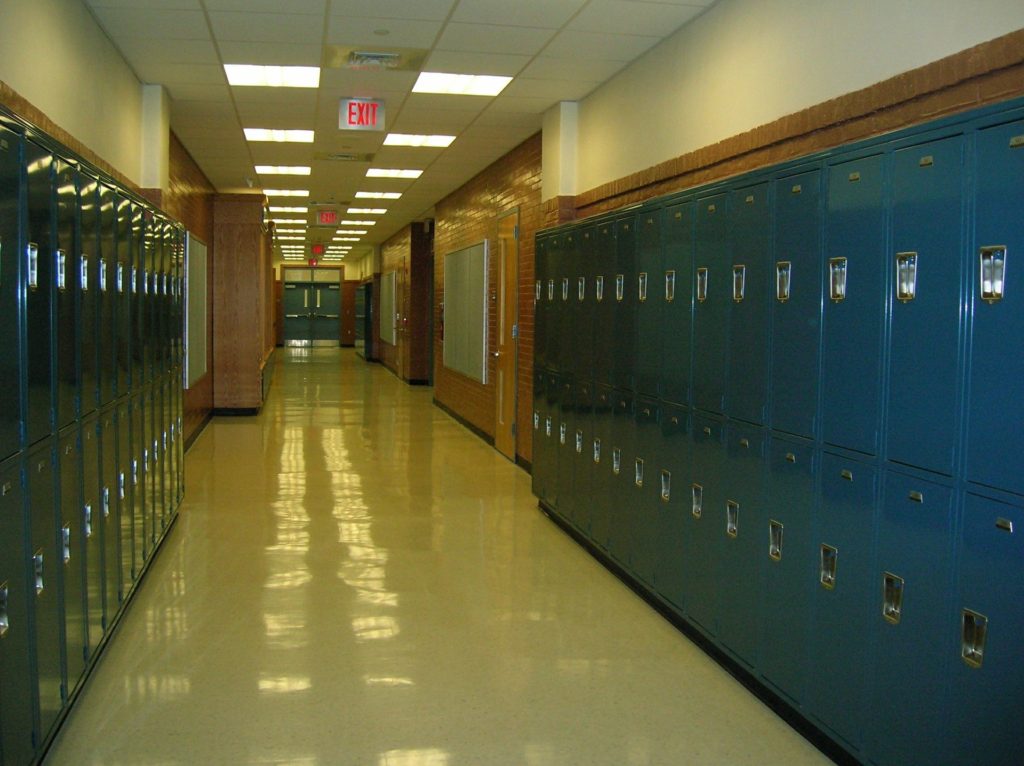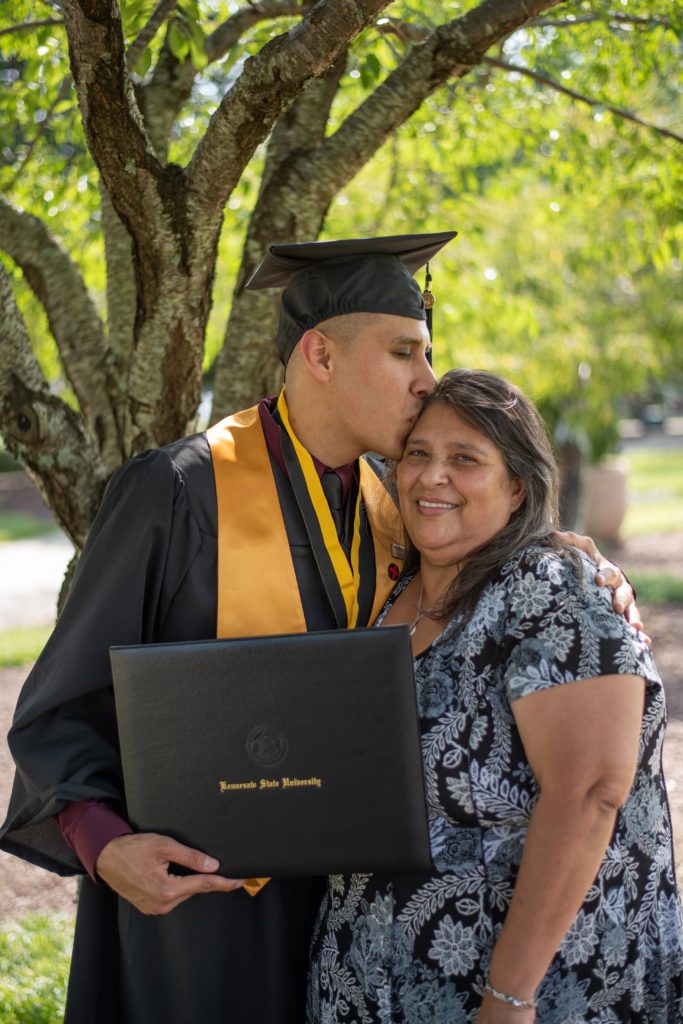
Teachers are pillars of the community and are esteemed as leaders of the educational system. Our mannerisms, behaviors, speaking skills, and writing are taught, modeled, and reinforced. We stand at our doors and encourage students to come into our room with open minds, ready to learn, practicing good citizenship or behavior. As a middle/high school teacher during the first week of school, I teach social skills. I teach students how to treat each other and their school items and my expectations. Teachers have to introduce and enforce a welcoming multicultural classroom. How do you create a welcoming classroom environment? We must create a physical environment with open communication, established classroom management, and high expectations.
Physical Environment
Before the school year begins, create a physical environment that is warm and welcoming. Post posters and images around the class that promote all cultures, languages, races, and identities. Have your assigned seating prepared, have student stations stocked and have procedures posted. I recently posted an American timeline on my wall along with a shout-out bulletin board. On my shout-out bulletin board, I posted people of color on the wall with the school’s colored paw prints. On the paw prints, I wrote students’ names, and I chose students that have IEPs, are identified as ELL, and ones that may not get recognized. I wanted to create a classroom that included all students regardless of intelligence. Students were smiling once they recognized their names on the bulletin board.
Students enjoy entering a room that is organized and clean. It lowers their anxiety and gives them a feeling that you care about your professional setting. Have a student station that includes trays for collecting work and passing out graded work. Also, I included necessities such as paper and writing utensils. Many years ago, I had a student visit my room on a weekly basis. He was a senior, and I was teaching middle school. He would talk to me about his essays and college during his lunch. I taught him while he was in the tenth grade, so we had a rapport. One day, he stated that I was very organized, and he liked the way I decorated my room. I replied, “Oh, okay. Thanks.” Years later, when I transferred to another school, I decorated my room, but I left some leftover boxes in the corner. They were not my boxes, and I didn’t have the heart to throw them away. My principal made an observation and said I needed to spruce up the classroom and throw away those boxes. Within a day, I cleaned up those boxes, put the chrome book cart in the back of the room, and placed artificial flowers around the room. The kids loved the new look and so did I. I received a lot of compliments about the room from the students. You can change the mindset of your students and the environment just by sprucing up the area. Take a picture of your desk, and you see your room with new eyes.
Communication with Parents
Building relationships with coworkers, administration, and students is very important to teachers, but to truly gain respect, you must build rapport with the family. Parents are trusting you to teach and protect their child five times a week, at least 8 hours a day. If a parent is going to support you, they need to know you have integrity, honesty, and fairness with your teaching. How do you build that rapport? Create a monthly newsletter, make phone calls home, and send emails to build rapport with the parents. Step out of your comfort zone and provide newsletters in students’ native language. Not only would that be impressive, but it shows your empathy and desire for the family to be included within the community.
During this school year 2020-2021, I have connected with parents more than ever before to create a welcoming classroom environment. For many years, I have called all my student’s parents during the first week of school. However, this year, I have contacted parents on a regular basis through emails, created step sheets for students that I have emailed to the parents, and reminded parents of work that needed to be turned in. Parents trust me. They know I am fair and honest and want the best for their student. Becoming a parent has made me more conscious of how I treat others because I understand that, while I’m working, there is someone teaching my daughter. I want my daughter to be treated with respect and enjoy school.

A few years ago, I attended a professional development where a school counselor discussed organizing family nights, movie nights, coat drives, and game nights for the families in her community. Although her school district was populated with families from lower and working socioeconomic status, they had one of the highest test scores in the state. I was shocked, and I was paying full attention. This counselor worked at a middle school, and she was able to get nearly 100% of the students and their families to return to school for one of her organized nights. Kids loved to return to school in the evening, and not for a sporting event, but because the school was viewed as a recreation center within the community. This has been my dream to create the same feeling within my school district. I love to help students and their families. What an outstanding way to create a welcoming classroom environment This can become your dream too, and then you can write to me about how fabulous your program was.
Establish Classroom Management
Before learning can occur, rules have to be established. Students have to know your expectations, how to enter the classroom, what to do if they are absent, and when they can talk to their friends. Create a syllabus that addresses procedures, infractions, and rewards. My syllabus used to be one page until a parent at my current school asked if the rule was on the syllabus. I was in the “hot seat.” By the end of the week, I had created a four-page syllabus that addressed dress code, how to turn in make-up work, and unexcused absences. I reviewed the syllabus, and students and their parents signed it. If a student did not return the signature page, I called home and emailed the syllabus to the parents. I included students in making classroom rules and posted them in a central location. Students were more strict than me when a rule was broken with their peers. Teaching became more enjoyable once I establish a classroom management plan. I had students write a paragraph about the classroom rules, and several students said they liked the rules because they felt included in creating the rules and rules make them feel safe. Can you believe a high school student stating they felt safe with classroom rules? I could not believe it either, but it made me feel confident that, as a teacher, I was doing things correctly.

Welcoming Classroom Environment
Creating a welcoming multicultural classroom involves intentional planning. Your classroom must depict a place for everyone to learn, regardless of race, culture, intelligence, or identity markers. Create a space for high expectations and students will meet them. For example, I have students submit writing samples nearly daily, and I put a word count on each sample. Students are more likely to meet the word count because it is the expectation that I established from the first week of school. Contact parents during the first week of school and keep in touch throughout the school year. A simple newsletter or a good news email will keep parents engaged. Also, develop a family night at your school, which promotes the school as a pillar in the community instead of just an institution of learning and sports. Finally, students want to be independent learners and have control of their behavior. They want to be successful in your class, so let them in on the secrets of being successful and how to behave in society. Since I started this blog, my students’ grades have increased because I tell them how they can be successful, and they meet the expectation. I make the learning target clear, I post word counts and state what I am looking for within each writing sample and I have more students passing the class. These characteristics make for a welcoming classroom environment.





Leave a Reply